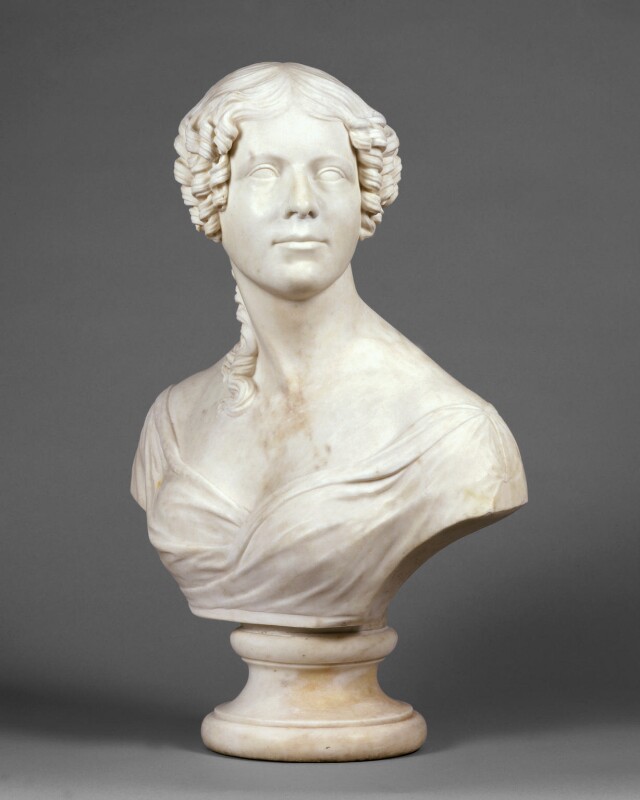This post is part of our Women & History Spotlight Series, which will run through March 2021. Spotlights in this series focus on women's contributions to history in the database.
Authored by: Isabelle Burrows
Edited by: Michelle Levy and Kandice Sharren
Submitted on: 03/15/21
Citation: Burrows, Isabelle. "Leaving Something Immortal: History in Felicia Hemans's Records of Woman." The Women's Print History Project, 15 March 2021, https://womensprinthistoryproject.com/blog/post/66.
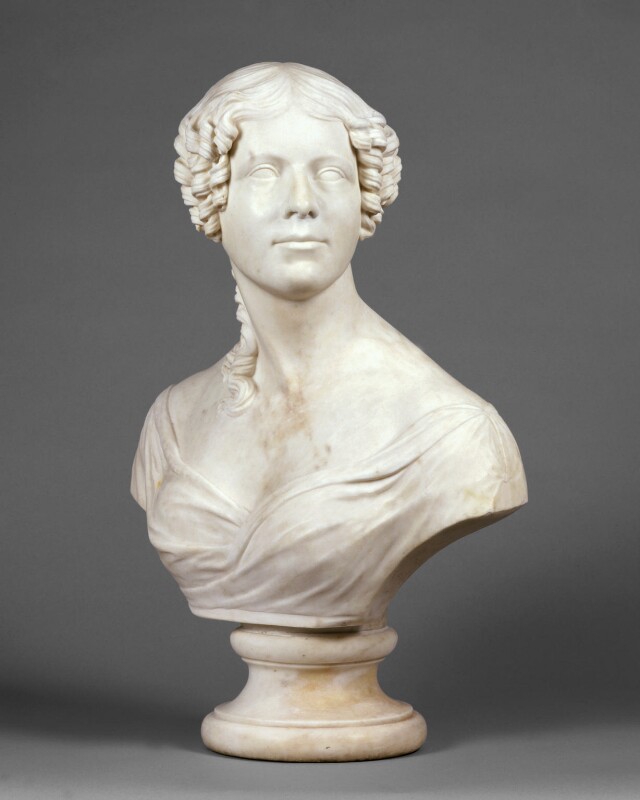
Figure 1. Felicia Dorothea Hemans by Angus Fletcher, 1829. © National Portrait Gallery.
“I would leave enshrined something immortal of my heart and mind that may yet speak to thee when I am gone” (“Properzia Rossi,” Records of Woman, 48). Something immortal of Italian sculptor Properzia Rossi’s character must have indeed spoken to Felicia Hemans, or at least interested her enough, to include the story of Rossi’s life in her 1828 poetry collection, Records of Woman. It was not just Rossi’s story that Hemans sought to tell in her Records. Twenty of the volume’s poems, each accompanied by a short biography, dramatize and illuminate the lives of women from history. In doing so, the poems also illuminate the emotional life of their author, combining aspects of Hemans’s character and history into the accounts of women long past. This ability of Hemans’s to reanimate the stories of women’s lives using her own feelings is probably what appealed, and still appeals, to readers. Records of Woman is a fascinating point of coalescence for insightful accounts of women’s history, including the author’s own. In Hemans’s poems, I can see a desire to “leave enshrined something immortal” of her own experience.
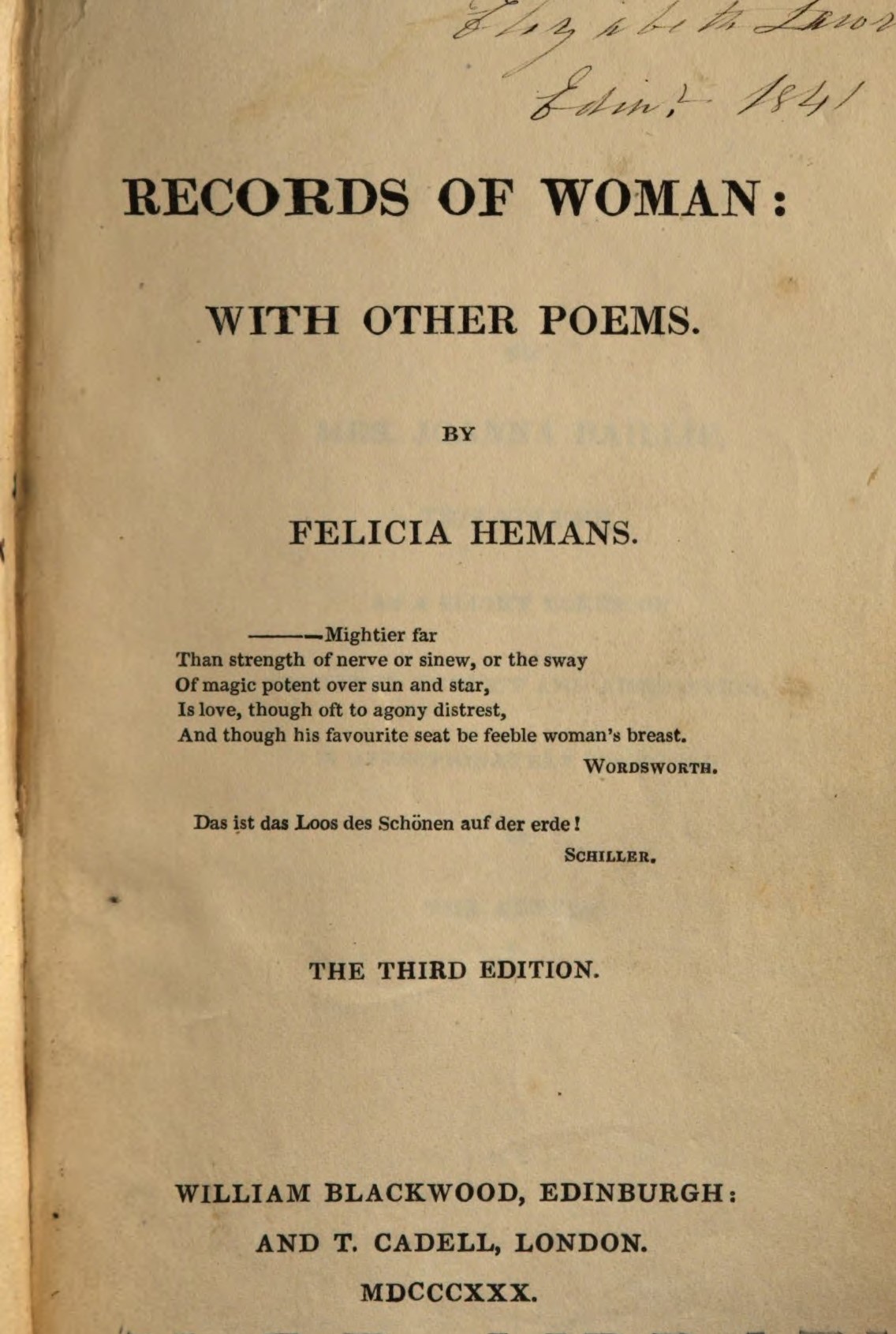
Figure 2. Title page of the third edition of Records of Woman.
Records of Woman remains an intriguing and complex work of historical poetry, and was popular enough to warrant four editions in Hemans's lifetime, but she didn’t achieve such greatness overnight. Records was the culmination of years of literary study and practice. Hemans's works rested on the foundation of her involvement in the works and careers of fellow authors. The dedication of Records of Woman to contemporary dramatist Joanna Baillie is an indication of the nuanced professional world Hemans had to navigate to advance her career. Establishing a flattering and amiable personal rapport with Baillie through personal correspondence, Hemans was also forging professional connections and connecting herself to Baillie's established reputation:
May I ask you for something which I have long wished to possess…your delightful little drama of the “Beacon”? I have an edition of your works containing the Plays on the passions…but the ' Beacon' I have not met with since I read it almost in childhood. (Memorials 59)
The volumes Hemans names belong to Baillie’s Series of Plays on the Passions, dramas fraught with the affecting tragedy and historical colour that were popular in the Romantic period. As a writer of similarly dramatic and historical literature, it behooved Hemans to endear herself to Baillie, both personally and formally. Hemans’s habit in Records of Women of prefacing each of the poems with a brief explanation of historical context emulates Baillie’s introductions to the historical scene before the first acts of her plays.
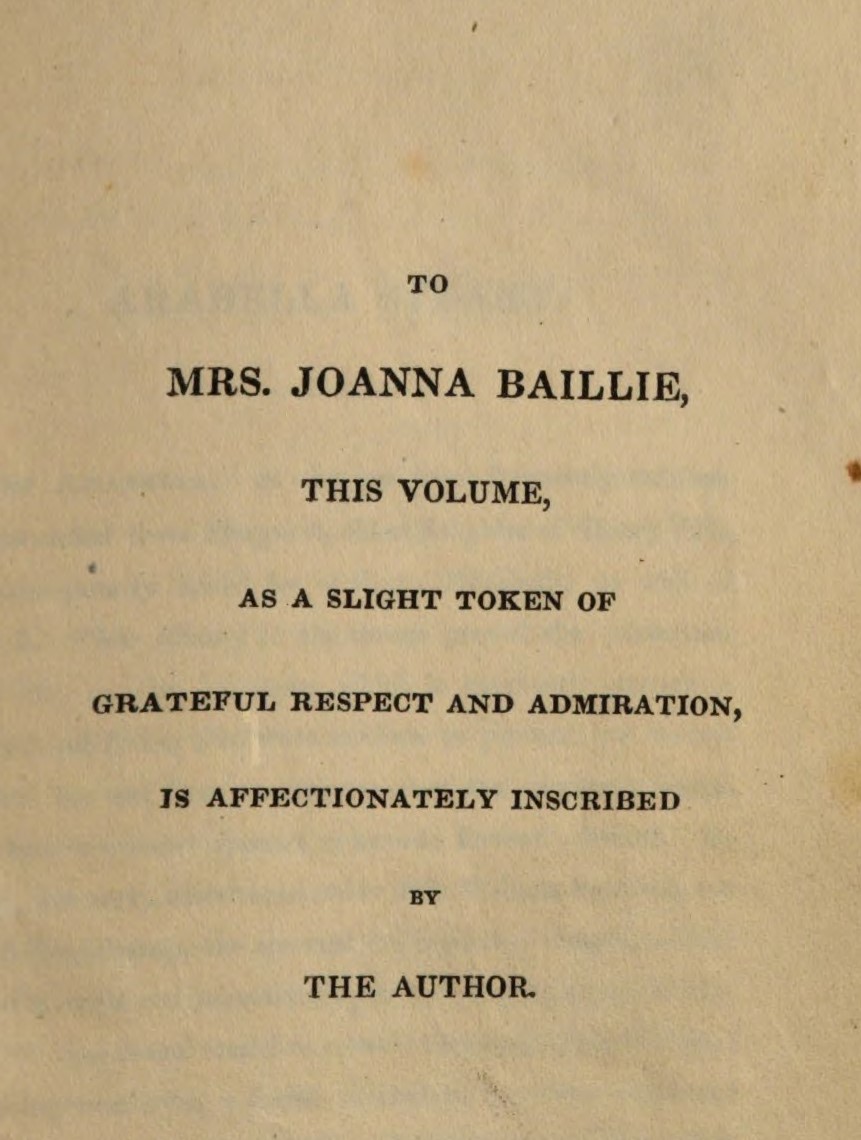
Figure 3. Dedication of the third edition of Records.
While Baillie’s use of historical settings prioritizes their dramatic potential, Hemans’s approach is more scholarly. Her sister’s memoirs of her life attest to Hemans's a life-long study of history and literature. As a young woman, Hemans “would be surrounded by books of all sizes… on every variety of topic,” (Memoir 52) and “in her mind and memory the varied stores were distinctly arranged, ready to be called forth for . . . the poetic imagery” (53). Records of Woman is the evidence of Hemans's success in applying her knowledge to her work.
Characteristic of men writing about women in the 1830s, the editor who published Hemans’s correspondence after her death insists on representing her work as the ideal feminine product, “pure from sensual coarseness [and] . . . unsullied by any base alloy of ambition,” (Memorials 56). Far from being "unsullied by . . . ambition," Hemans was, in fact, motivated by profit and determined to succeed. Before the universally well-received Records, Hemans worked hard to make her work appealing and marketable. When public interest turned to the classics, Hemans hoped to capitalize on popular tastes, and employed her knowledge of classical literature to publish several new works with John Murray, including The Restoration of the Works of Art to Italy: A Poem in 1816, and Modern Greece. A Poem in 1817. Unfortunately none of the poems were as successful as Hemans had hoped. Upon the failure of the The Restoration and Modern Greece, Hemans seems to have become resigned to the exigencies of life as a writer working for profit. She wrote to Murray, obviously discouraged: “I have now seen how little any work of mere sentiment or description is likely to obtain popularity, and have had warning enough to give up that style of writing altogether” (qtd. in Feldman 155).
Despite initial challenges in her career, Hemans’s business sense improved, and she began to craft works that could turn a profit. When William Blackwood first published Records of Woman in a run of 1000 copies, Hemans saw significant returns for her hard work: Records brought in more money for Hemans than had any of her publications with Murray (Feldman, 164). Ironically, while Hemans had given up on the success of “sentimental works” after her disappointments with Murray, it was the personal and emotional nature of Records, into which Hemans had “put [her] heart and individual feelings… more than anything else” (Memorials, 65) that brought her the most success. Leveraging the struggles and sorrows of her personal life allowed Hemans empathetically convey the stories of women who (much like Hemans herself) were misrepresented or forgotten after their deaths. A lack of available resources on women’s history led Hemans, in the creation of the Records, to supplement years of self-education with personal observations and the stories of friends to create a varied collection of unorthodox sources for women’s history. The poems whose stories originate in books are carefully observed in the notes of each poem, as in “The Bride of the Greek Isle,” whose story is “founded on the circumstances related in the second series of the Curiosities of Literature” (Records 21). Histories with other sources are similarly noted, as with “The Memorial Pillar,” which is taken from Hemans’s own observation of a monument “on the road side between Penrith and Appleby… erected in the year 1656, by Ann, Countess Dowager of Pembroke, for a memorial of her last parting, in this place, with her good and pious mother, Margaret'' (155). Similarly, “The Queen of Prussia’s Tomb” is taken from a travelogue by her friend Moyle Sherer, whose description of the tomb and its statue of the queen “not as in death, but when she lived to bless and be blessed,” (qtd. in Records, 149) is precisely the imagery of a neglected woman's life to which Hemans returns again and again.
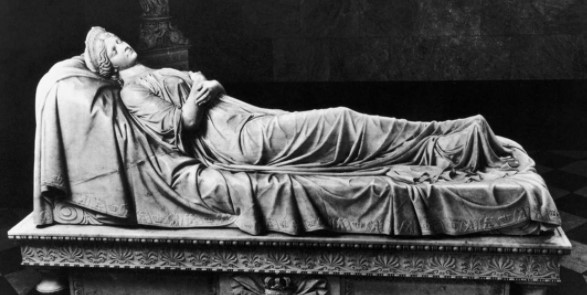
Figure 4. Tomb of Queen Louise of Prussia by Christian Daniel Rauch, Berlin. Web Gallery of Art.
Hemans’s poems served women’s history much as the visual memorials she describes do, creating a tangible legacy for women long past. Like Properzia Rossi, who used her creation of sculpture as a medium of expression (Records 44), Hemans uses poetry as “the mould wherein I pour the fervent thoughts, th’untold, the self-consuming” (Records 50). These untold, self-consuming thoughts find voices in historical women who must have experienced the same longings and frustrations as Hemans did. The theme of remembrance, of living beyond death, of leaving a legacy of greatness never realized in life, is at the center of so many of the poems in Records, as in “The Memorial Pillar,” where Hemans uses a physical monument of a long-dead memory to ruminate on the relationship between mothers and children. She describes the difficulties of grief she had experienced so deeply at the loss of her own mother, but imagines an eternal happy ending for the mother and daughter of recorded on the pillar: “Mother and child!— / your tears are past— / Surely your hearts have met at last!” (159), giving them a lasting reunion and a new life. Knowledge of Hemans’s own early death, and the sons she left behind, this line is even more affecting. Like the women whose lives she memorialized, Hemans’s legacy lives on through her work, and her own words seem to possess almost a prophetic quality. “The Grave of a Poetess,” appropriately placed as the concluding poem in the series of Records, eulogizes the grave of Mary Tighe, but Hemans’s own words can be directed to her own legacy and memory: “Where couldst thou fix on mortal ground thy tender thoughts and high? / Now peace the woman’s heart hath found, and joy the poet’s eye” (163).
WPHP Records Referenced
Hemans, Felicia (person, author)
Records of Woman (title, first edition)
Records of Woman (title, second edition)
Records of Woman (title, third edition)
Records of Woman (title, fourth edition)
Baillie, Joanna (person, author)
A Series of Plays on the Passions (title)
The Restoration of the Works of Art to Italy: A Poem (title)
Modern Greece. A Poem (title)
John Murray (firm)
William Blackwood (firm, publisher)
Tighe, Mary (person, author)
Works Cited
Browne Owen, Harriet Mary. Memoir of the Life and Writings of Mrs. Hemans. Lea and Blanchard, 1839.
Feldman, Paula R. "The Poet and the Profits: Felicia Hemans and the Literary Marketplace." Keats-Shelley Journal, vol. 46, 1997, pp. 148–76.
Hemans, Felicia. Memorials of Mrs. Hemans with Illustrations of her Literary Character, edited by Henry F. Chorley, Carey, Lea & Blanchard, 1836. https://ia802708.us.archive.org/8/items/memorialsofmrshe00chor/memorialsofmrshe00chor.pdf.
Hemans, Felicia. Records of Woman: With other Poems, 3rd ed. William Blackwood, 1830. https://hdl.handle.net/2027/uc1.31175005779668.
